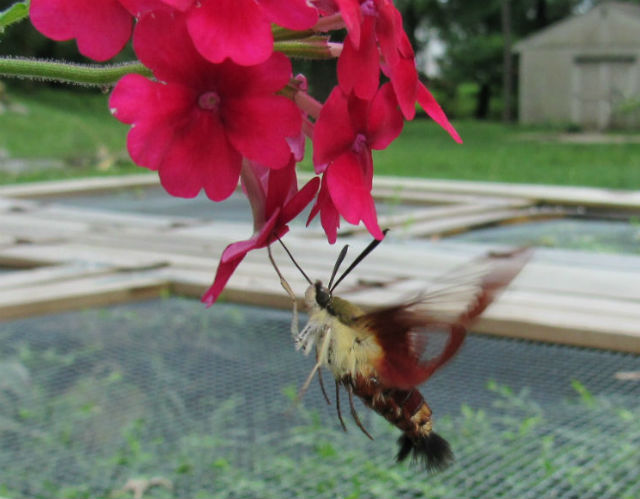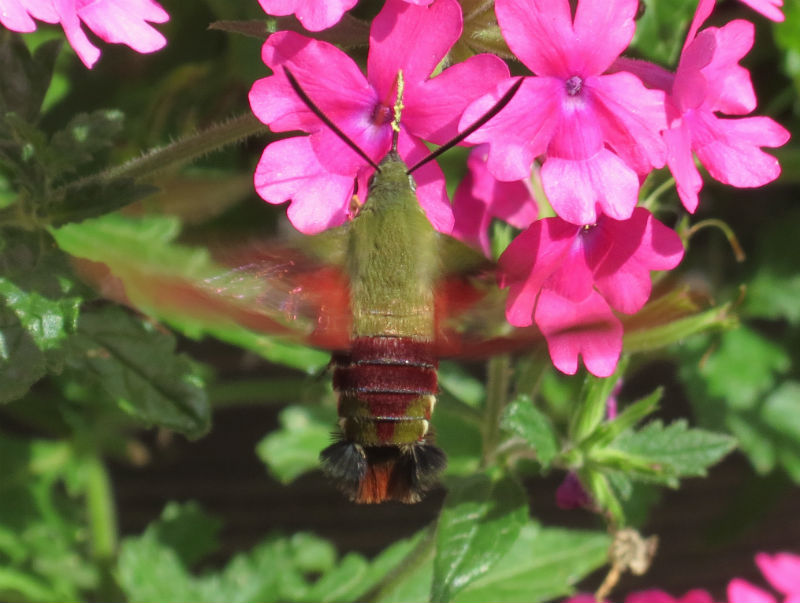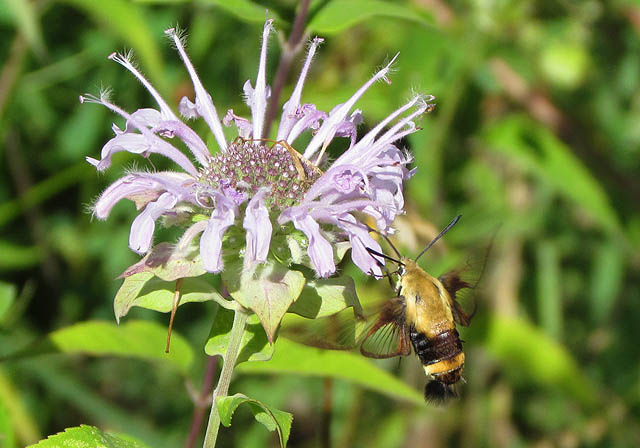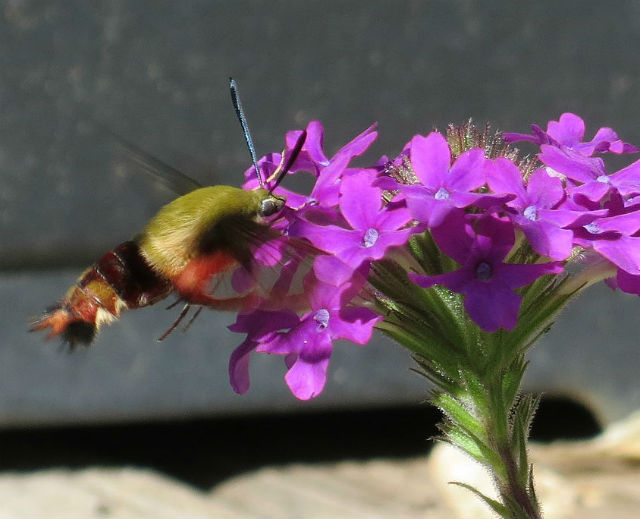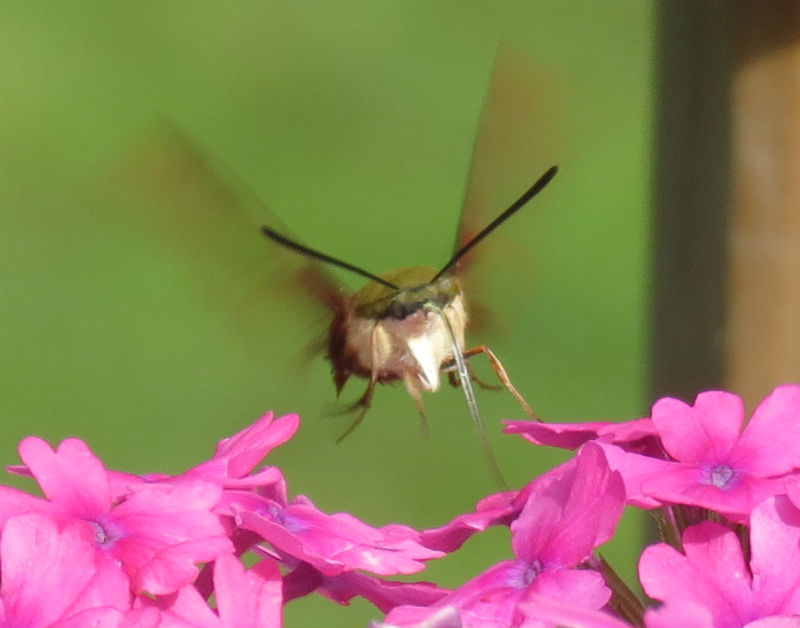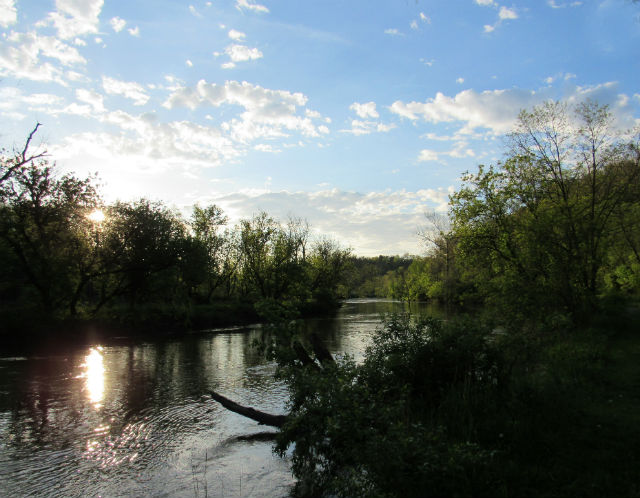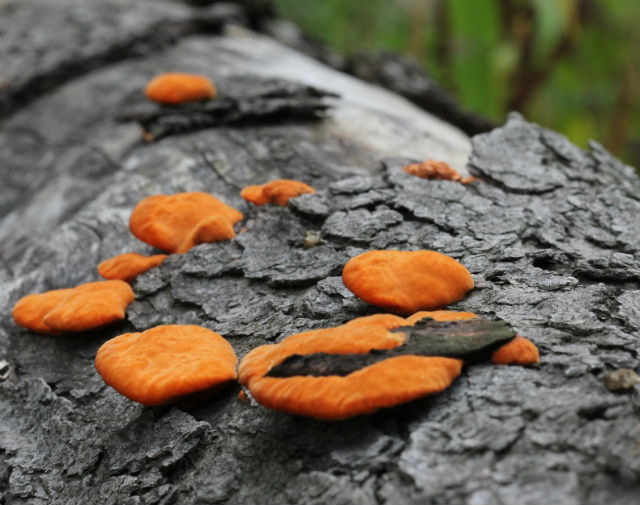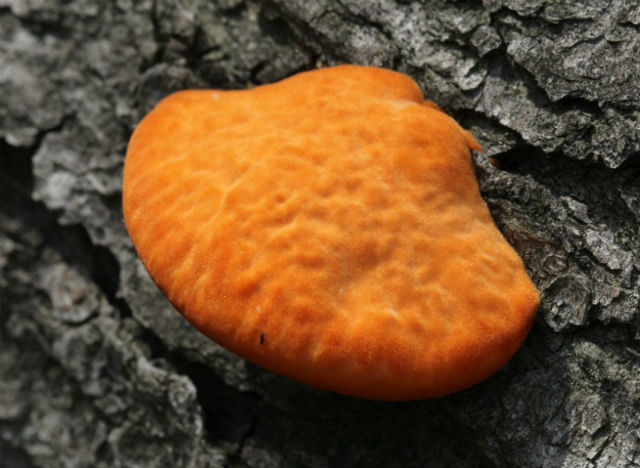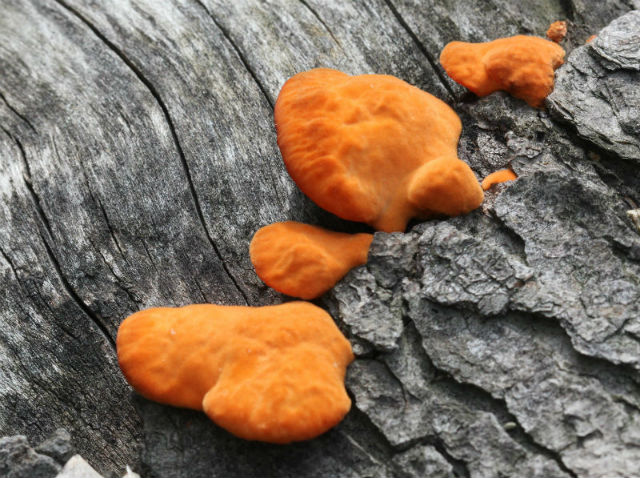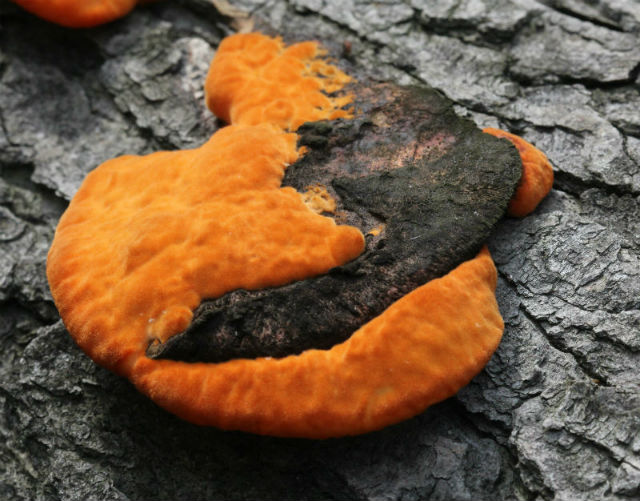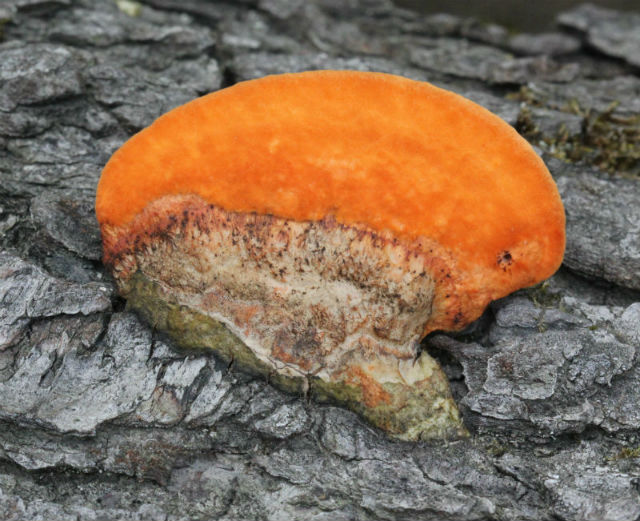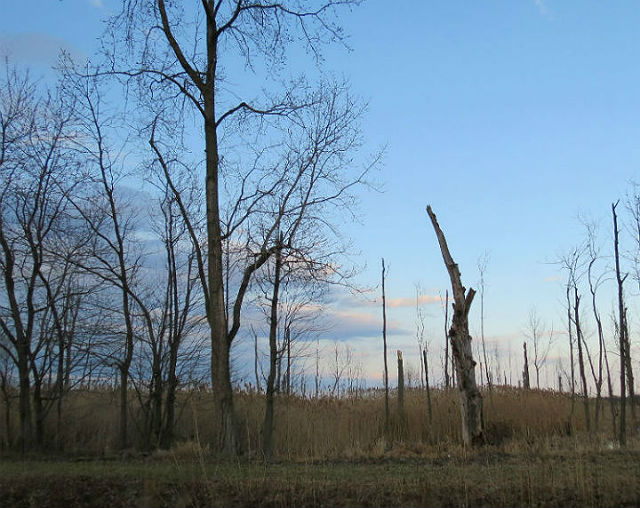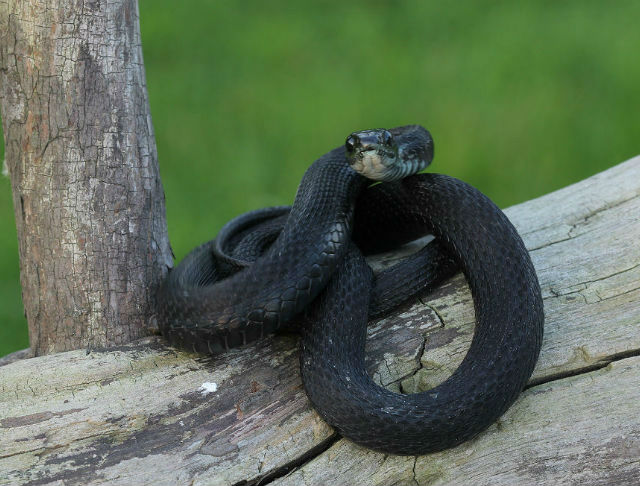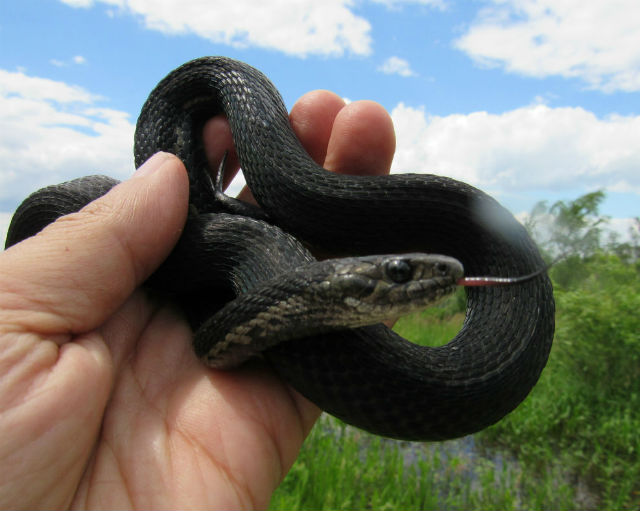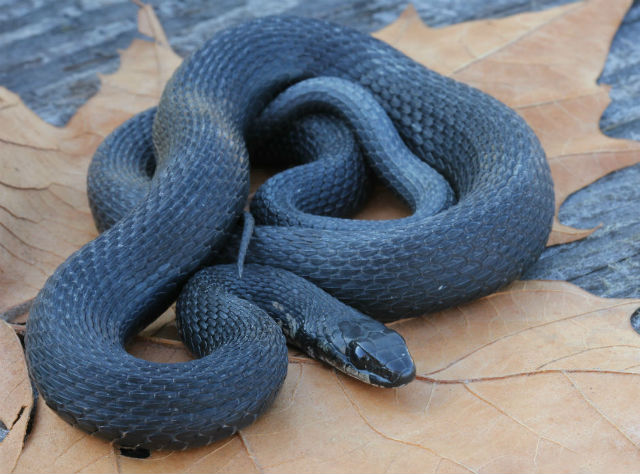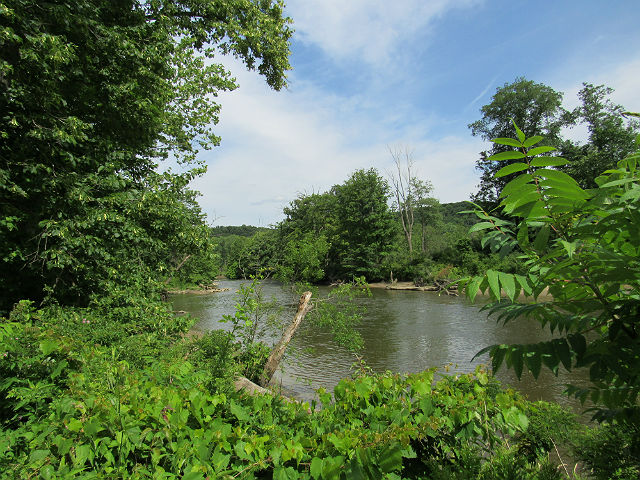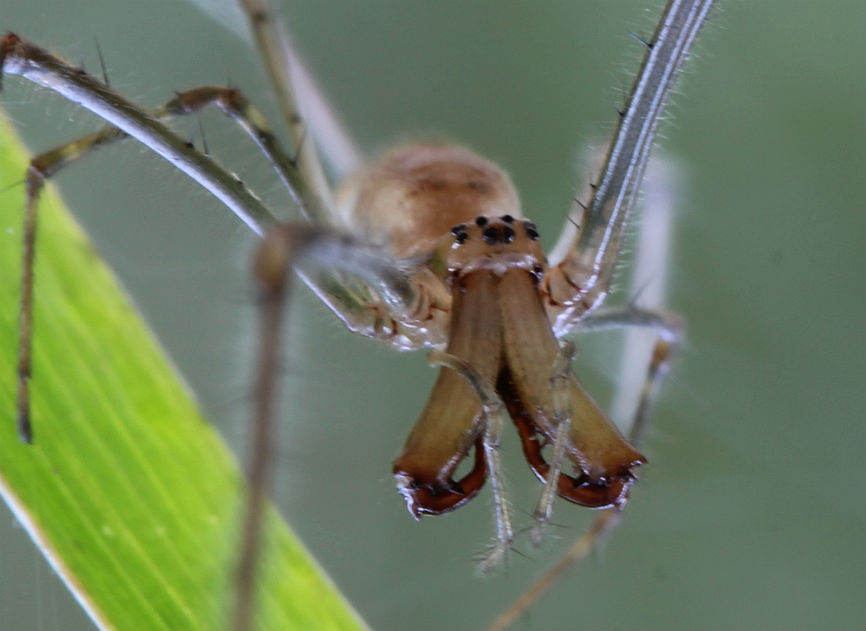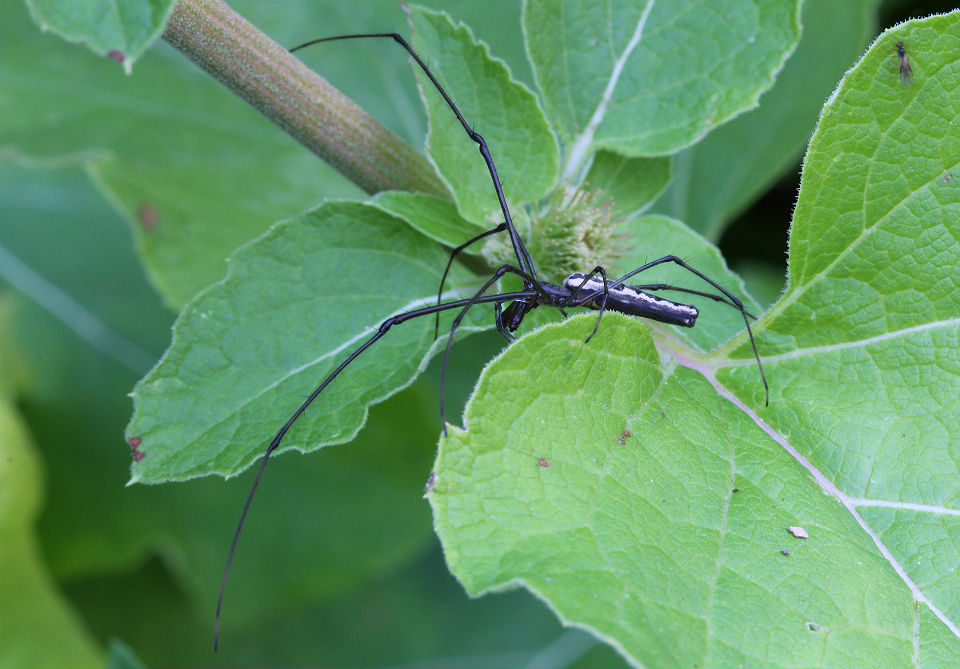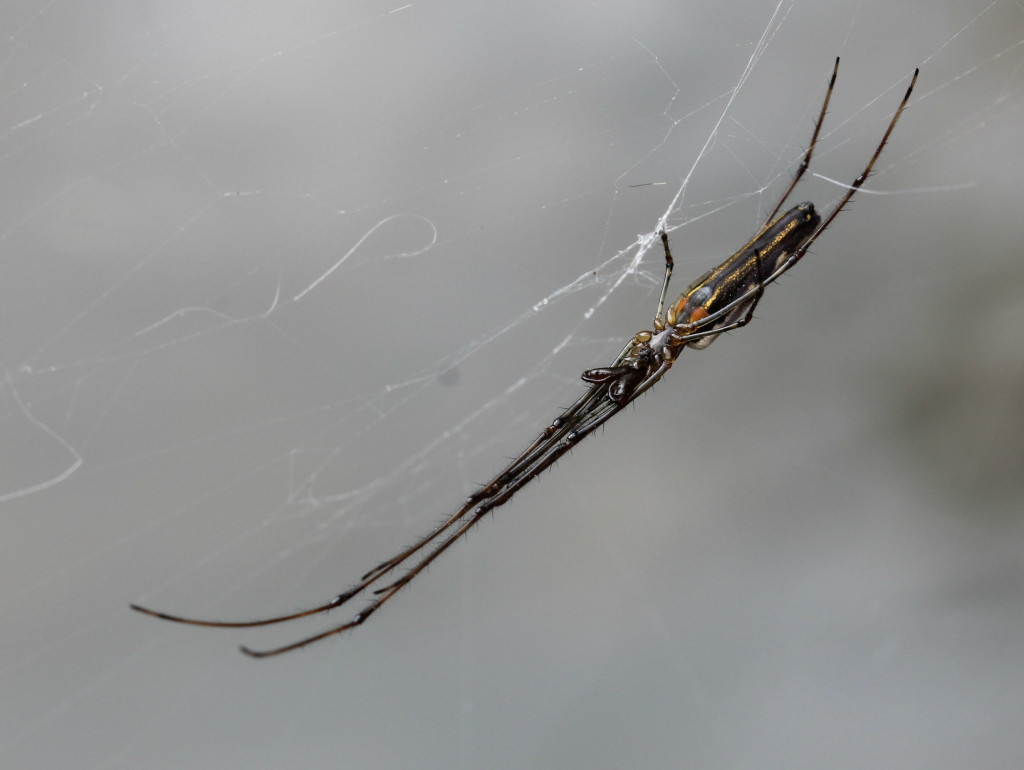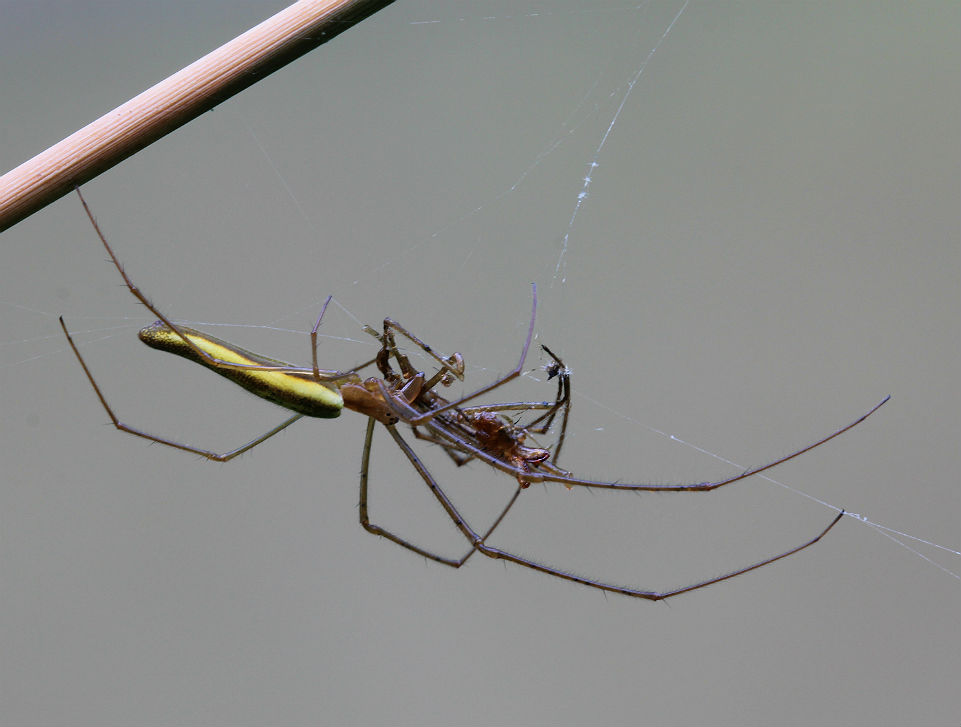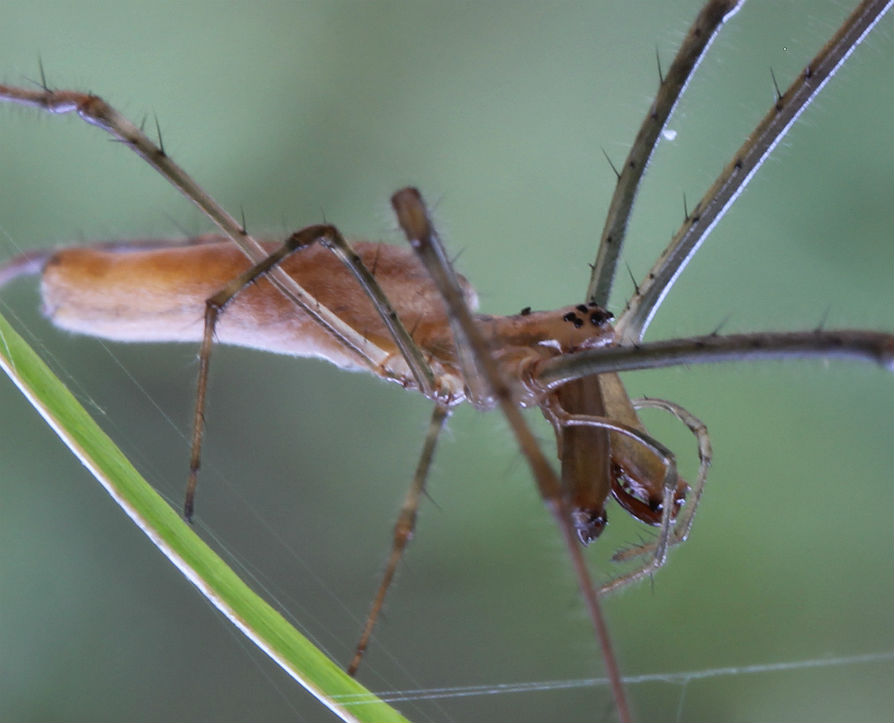One of the coolest insect pollinators are Hummingbird Moths. They fly and move just like hummingbirds. They can remain suspended in the air in front of a flower while they unfurl their long tongue to sip nectar.
To add to the illusion, Hummingbird Moths are rather plump and the tips of their tails open into a fan. They even emit an audible hum like hummingbirds.
Honeysuckles are one of the favored plants of both the adults and the caterpillars. This moth seemed particularly fond of Bee Balm.
Moths that are freshly emerged from their cocoons have solid-colored wings, nearly black in appearance. With first flight, their flapping wings cause most of the scales to fall off, especially near the center of each wing. The end result is wings that are nearly scale-less and therefore look clear.
This insect belongs to a group known as is Sphinx Moths. This name came about from the habit the caterpillars have of rearing up (and looking sphinx-like) when threatened.
Nature has many clever disguises and this is one of my favorites – a moth that mimics a bird.


